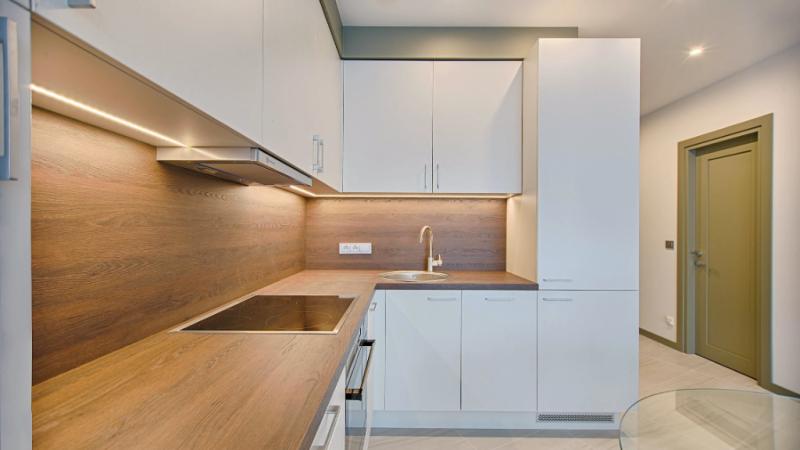How to Inexpensively Adapt an Apartment to Enhance Accessibility

The majority of US homes are not completely accessible although around a third of units are equipped with Level 1 accessibility features or are modifiable. For clarification, Level 1 refers to essential accessibility features such as stepless entry or elevators. However, they are not fully accessible without further alterations. In the US, 38% of renters live in apartment buildings or approximately 38.9 million people. Based on 2019 stats, around 24.6% of civilians with disability live in apartments. Making apartments accessible to those with infirmities is a challenge for both owners and landlords so that occupants can have a reasonable quality of life.
Rearrangement and Removal of Obstacles
A person with disability faces challenges and hurdles every day from physical barriers to limited accessibility. In addition, financial problems are also present because they cannot work due to their handicap. Therefore, disability benefits are vital sources of income. Unfortunately, those living on disability allowance may find that the money they get is not enough to pay for food and shelter. Often, finances are tight that would make it difficult to improve living spaces and adapt them to a user’s capacity. The good news is there are several resources that can augment incomes and eventually, help pay for basic modifications in an apartment. Useful resources include federal benefit programs and social care networks that connect people to local services.
With that in mind, there are easy changes that can be done before major modifications are made to the apartment. Rearranging furniture is one way to improve accessibility indoors that will make it easy for a person with mobility problems to move around seamlessly. If possible, bulky furniture must be moved against walls to free up space and enhance freedom of movement for those using mobility aids. Before adapting a space, it is also necessary to identify and remove unnecessary obstacles such as furniture and rugs that may be a source of tripping.
Door Removal, Non-Slip Flooring, and Bathroom Modifications
The recommended width for doorways is 32 inches according to the Americans with Disabilities Act (ADA). If planning to expand the opening, expect to pay from $300 to $2,500 to widen a doorway according to Angie’s List. A cheaper alternative is to remove doors to promote accessibility. Curtains or hanging beads can be used instead of doors. To reduce the likelihood of falls, non-slip adhesive strips or mats can be put on floors that are prone to wetness such as the bathroom or kitchen. They are inexpensive yet offer protection to those who have limited mobility or problems with balance.
Another inexpensive solution to promote safety is to install grab bars and handrails in critical zones of the apartment such as stairs and bathrooms. There are several affordable options that can be securely mounted without damaging the walls. In addition, changing door handles to lever styles makes it easier for individuals with limited strength or dexterity to operate them. In the bathroom, raising the toilet seat helps people use the facilities with fewer difficulties. Handrails on the toilet are practical as well for individuals who have problems sitting in and standing up from the seat. Toilet seat risers are available in different heights from 2-6 inches. It is also possible to install a toilet frame over the toilet or use a mechanical toilet seat lift. Likewise, an adjustable showerhead with a handheld unit offers users easier control and flexibility while showering. Improving illumination by replacing dim bulbs and using light-emitting diode (LED) is also a cheap way to enhance visibility and safety.
Adapting an apartment for accessibility on a budget requires meticulous planning and resourcefulness. However, the benefits are incalculable offering individuals with disabilities or mobility challenges independence, comfort, and a better quality of life.
More to Read:
Previous Posts:











